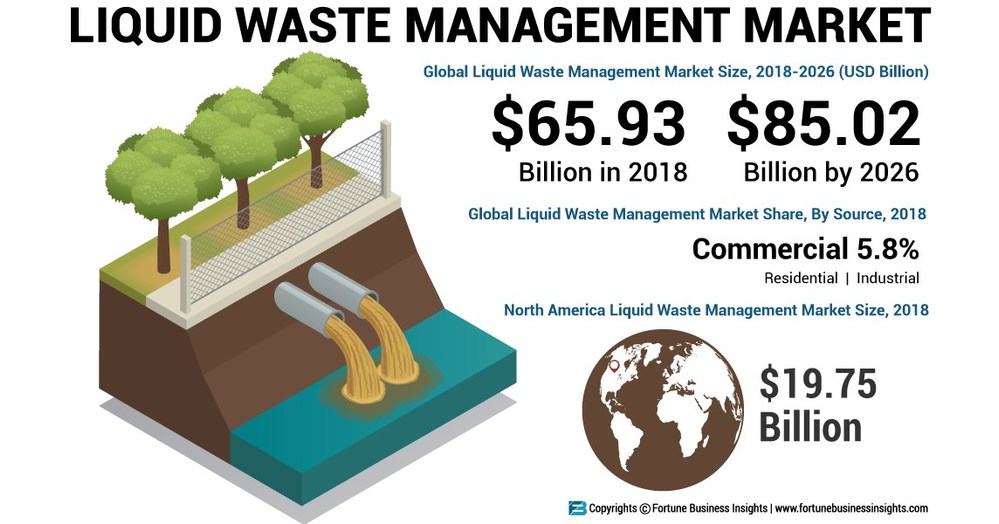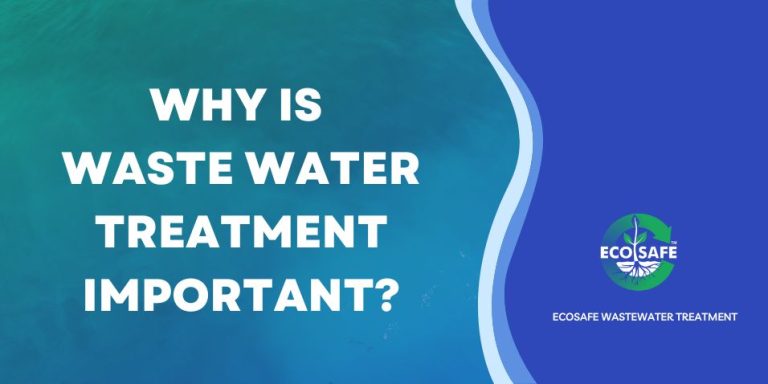3 Easy Facts About Reclaim Waste Shown
3 Easy Facts About Reclaim Waste Shown
Blog Article
Top Guidelines Of Reclaim Waste
Table of ContentsThe Buzz on Reclaim WasteThe Single Strategy To Use For Reclaim WasteThings about Reclaim WasteReclaim Waste Can Be Fun For EveryoneUnknown Facts About Reclaim WasteEverything about Reclaim Waste

Never put damaging substances down sinks, toilets or stormwater drains pipes Compounds consisting of gas, oil, oil, chemicals and herbicides, and solvents such as paint strippers must not be put down sinks, toilets or stormwater drains. These materials are difficult to eliminate in the sewer therapy process and trigger air pollution problems in our regional rivers.

Liquid waste is a term that covers a broad range of materials, there's a great factor why leaving its disposal to the specialists is recommended. Liquid waste is non-solid material that has no additional usage and has to be treated and thrown away according to neighborhood, state and federal policies.
Indicators on Reclaim Waste You Should Know
Instances of fluid waste can include wastewater, fats, oils or grease, utilized oil, liquids, solids, gases or sludges and harmful family fluids, there are some that are taken into consideration to be much more hazardous than others when it comes to the setting and the health and wellness of animals and humans alike. It's for this factor that each state and area have rigorous laws connected to liquid waste monitoring.
Fluid waste can be saved in holding storage tanks or packaged in drums, intermediate bulk containers or authorized tiny containers prior to either being treated or eliminated using outsourced vacuum trucks. Offered the nature of the materials, liquid waste can not enter the basic waste stream and there are stringent laws on how to throw away it properly.
(https://reclaimwaste1.bandcamp.com/album/reclaim-waste)Relying on a resolution of the level of threat, it might be required to remediate those websites. On top of that, hazardous fluid chemical wastes are regulated waste and needs to be tracked in accordance with the state waste regulation. Under the chain of wardship and obligations, owners are accountable and liable for waste created by a business.
One of the core applications for superabsorbent polymers (SAPs) is liquid waste solidification. liquid waste removal. SAPs are utilized by waste monitoring experts to avoid possibly damaging liquids from going into waterways, groundwater aquifers, and other sensitive atmospheres. Due to the fact that fluids can rapidly carry impurities into environmental receptors and possibly add to geotechnical failures, liquid wastes are virtually always forbidden from disposal in landfills
The Ultimate Guide To Reclaim Waste
Basically, totally free liquids are fluids that separate from the strong section of waste product. Liquid waste can consist of the following: HDD mud and cuttings Land fill leachate Wastewater treatment sludge & biosolids Dug up debris Oil and gas drill cuttings Clearing up fish pond muck Hydro Excavation slurry Coal burning residuals/ash Container bottom sludge Concrete grinding/polishing slurry Associated Write-up: For a sensible instance of totally free fluids separating from waste material, take into consideration the adhering to scenario: A waste management specialist lots a dump truck with sludge from a wastewater treatment plant's aeration container, during a routine upkeep occasion.
When the driver gets here at the land fill, he notices water seeping from the sludge and putting from the dump truck. The lots was denied by the land fill and the chauffeur was forced to get rid of the waste as a liquid waste at an unique facility, which enhanced the disposal costs tremendously.
We also require to be responsible for the correct disposal of our waste materials. It is not sufficient that we pay waste disposal companies to take treatment of our rubbish.
The Reclaim Waste PDFs

The dreamland is a good outside room with plenty of sunlight and air. Segregate your waste. Segregating your waste can begin inside the home. Segregate dry and fluid waste as well as edible waste, eco-friendly and non-biodegradable materials. Always maintain the cover on your bins to prevent pests, worms, flies, and unpleasant smells.
Layer the base with dirt to absorb the damp waste. Layer the compost with wet and completely dry waste as well as dirt to maintain a balance in between the wet and the dry.
Reclaim Waste - Questions
To promote faster decomposition, you can also include semi composted dirt to the compost. If you see the odor is ending up being also solid, include added papers and paper pop over to this site waste or add more holes to the compost bin to keep the balance of the waste materials.
The globe is sinking in rubbish and we can't afford to be irresponsible any longer. We need to take activity and reuse whatever we can anywhere we can. We also need to be in charge of the appropriate disposal of our waste products. It is not nearly enough that we pay garbage disposal business to care for our rubbish.
Our waste, our duty. Have you ever questioned what takes place to your fluid waste after it's gathered? Did you recognize that liquid waste can be reused?
The Greatest Guide To Reclaim Waste
The excellent location is an excellent outdoor space with a lot of sunlight and air. Segregate your waste. Segregating your waste can start inside the home. Segregate completely dry and liquid waste in addition to edible waste, biodegradable and non-biodegradable products. Always maintain the lid on your containers to stay clear of insects, worms, flies, and undesirable smells.
You can use old trash can, bucket, yard pot or old plastic drums. Drill four to five openings in the container so the air can distribute. Layer all-time low with soil to soak up the damp waste. Start the composting process. Layer the compost with damp and completely dry waste as well as dirt to keep an equilibrium in between the damp and the dry.
To promote faster decay, you can likewise include semi composted dirt to the compost. If you notice the scent is ending up being as well strong, include extra papers and paper waste or add more openings to the compost bin to maintain the balance of the waste materials.
Report this page